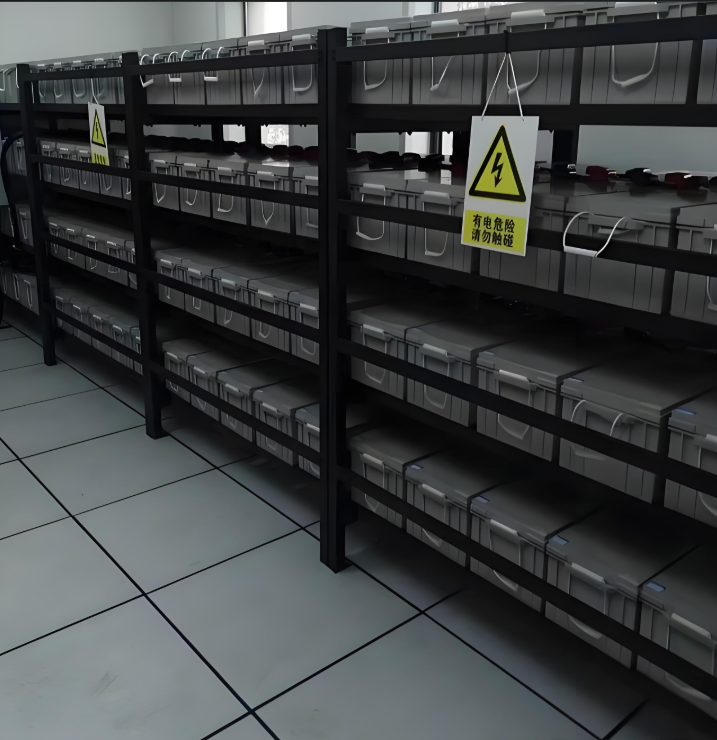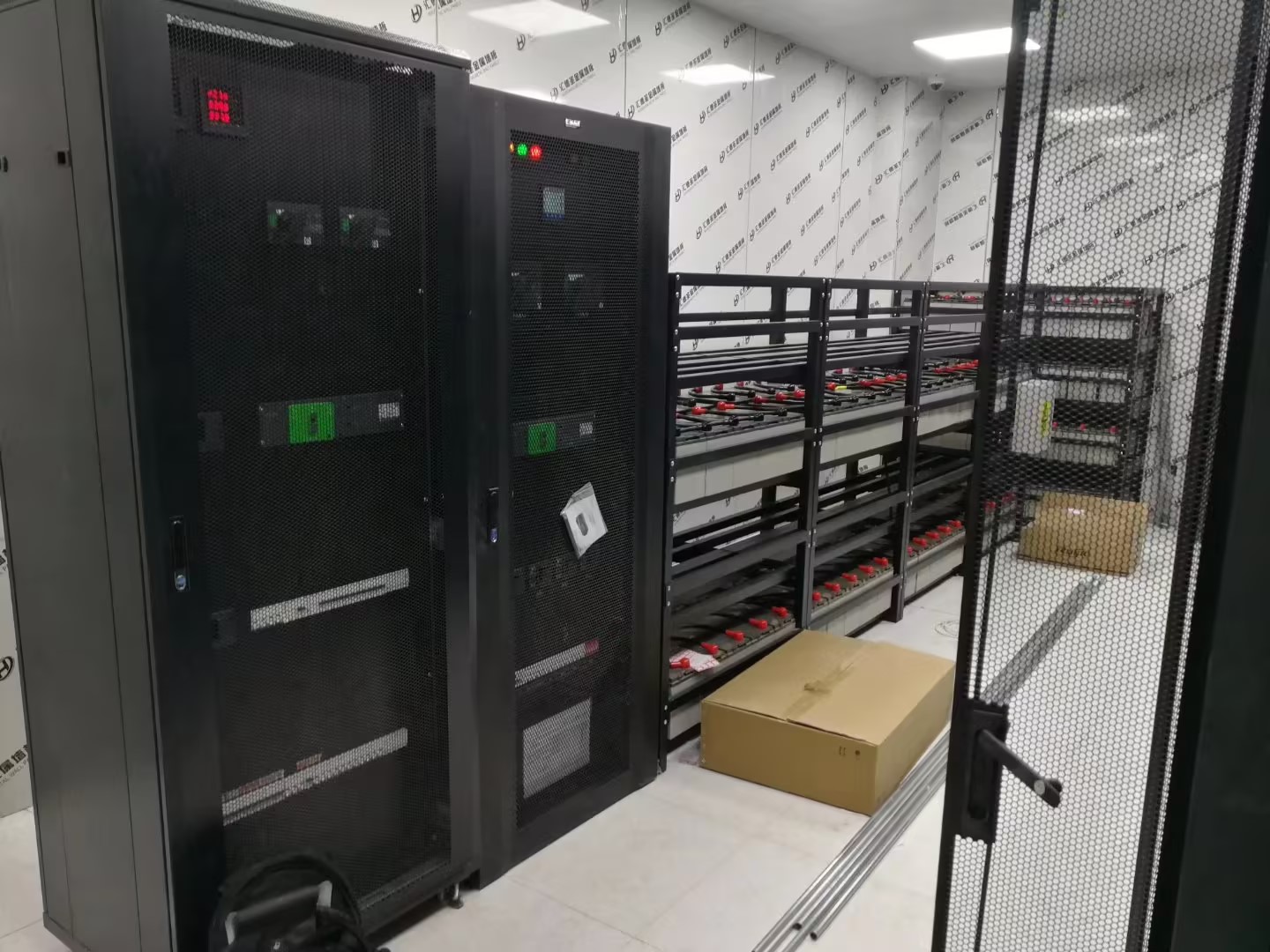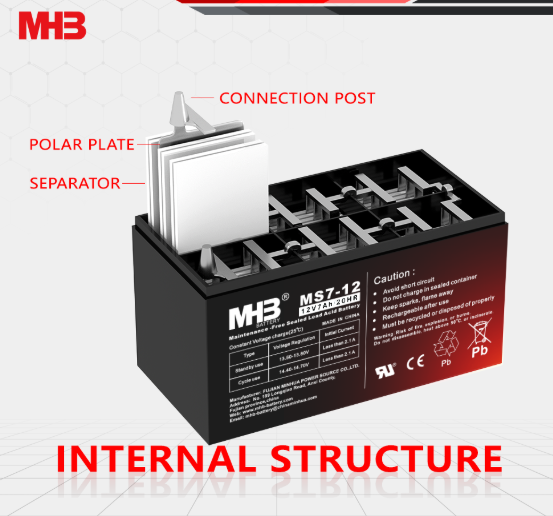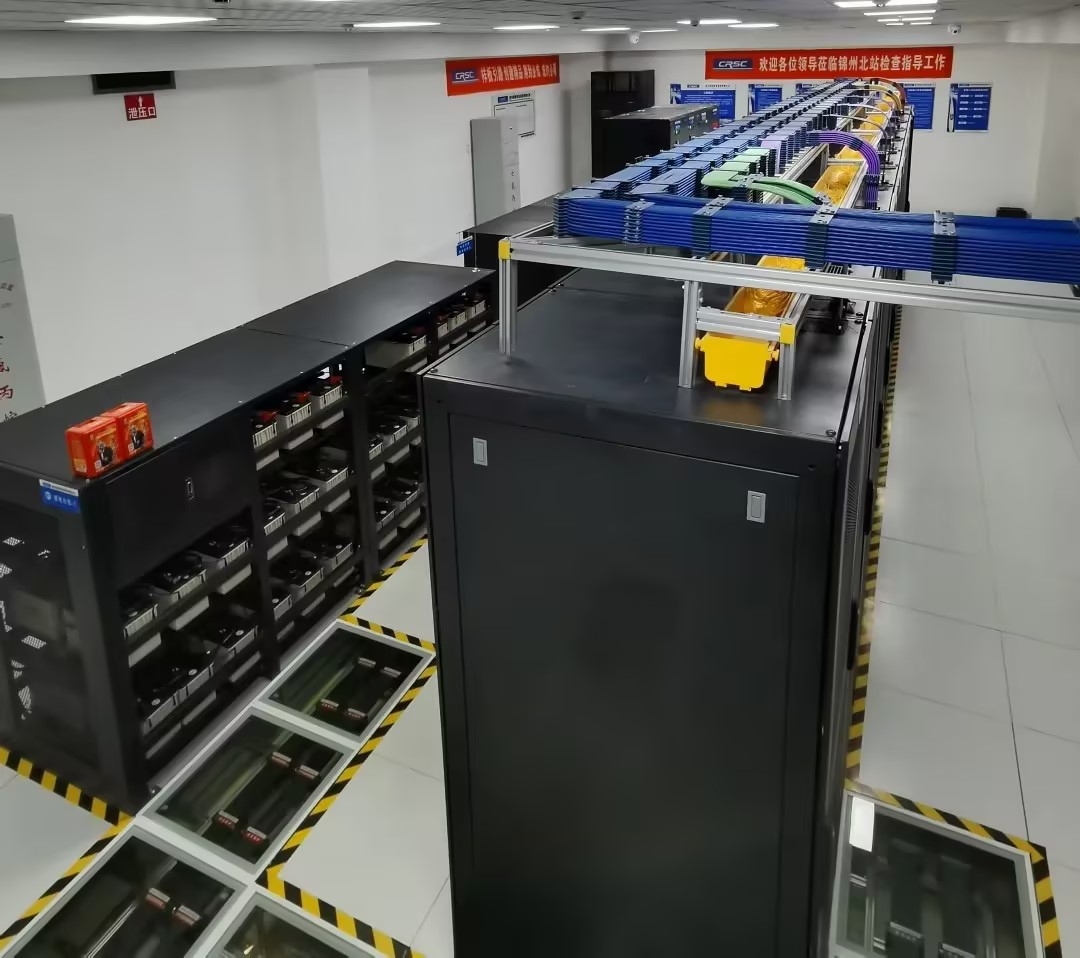UPS Battery Maintenance: Daily Guidelines for Data Centers
In today’s technology-driven world, effective UPS battery maintenance is essential for ensuring an uninterrupted power supply in data centers. UPS systems safeguard critical infrastructure by providing backup power during outages or voltage fluctuations. This article outlines daily maintenance procedures for UPS batteries, offering actionable tips and best practices for facility managers and technicians.
Why UPS Battery Maintenance is Essential
Maintaining UPS batteries is key to protecting sensitive equipment and ensuring continuous operations. Regular UPS battery maintenance can:
-
Enhance System Reliability: Routine checks help prevent unexpected power failures.
-
Increase Lifespan: Proactive maintenance extends battery life, reducing replacement costs and minimizing downtime.
-
Ensure Operational Safety: Following best practices and manufacturer recommendations keeps data centers safe and compliant with industry standards.
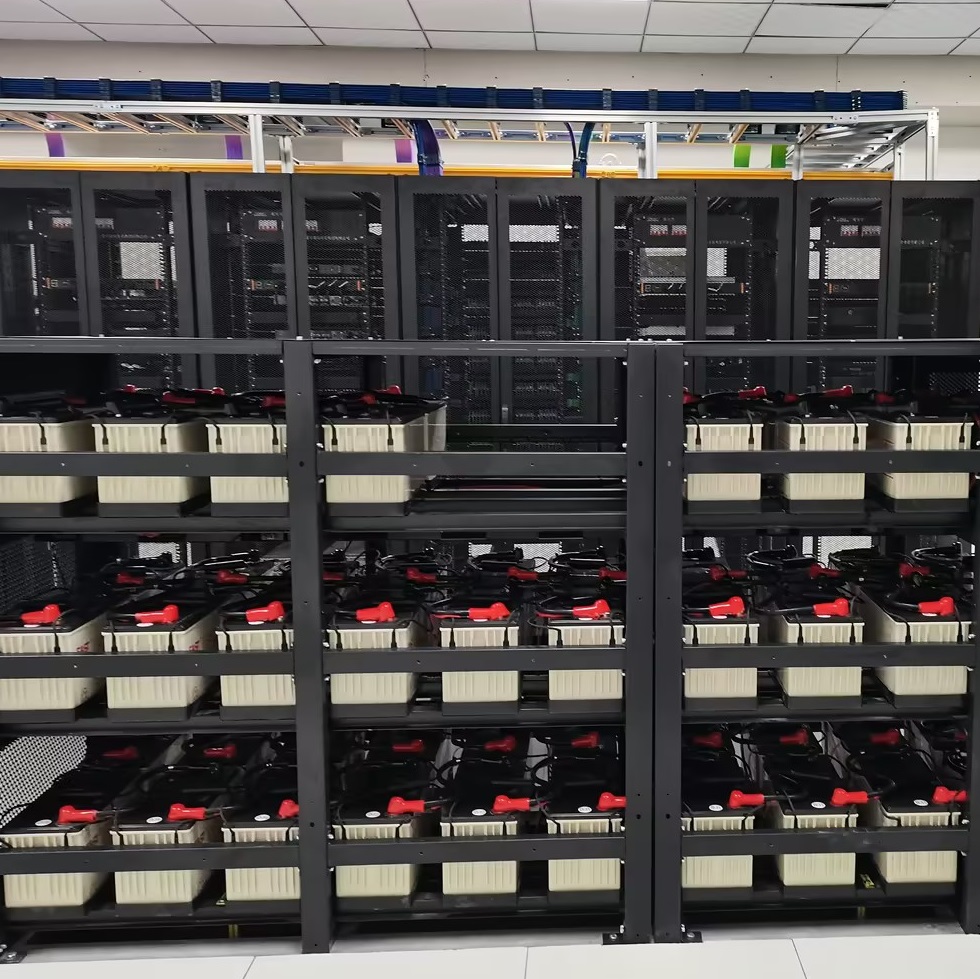
Daily UPS Battery Maintenance Checklist
Implement these daily tasks to keep your UPS systems running at peak performance:
1. Monitor Battery Voltage and Capacity
-
Routine Measurements: Check the voltage and capacity of each UPS battery daily using calibrated instruments. Early detection of capacity loss is vital for preemptive maintenance.
-
Action Tip: Record these measurements in a digital log for trend analysis and future reference.
2. Inspect Environmental Conditions
-
Temperature & Humidity Control: Use sensors to monitor ambient temperature and humidity levels in the data center. UPS batteries perform best in controlled environments.
-
Best Practice: Ensure that cooling and ventilation systems are operating efficiently to maintain optimal conditions.
3. Visual Inspection and Cleaning
-
Physical Checks: Conduct a thorough visual inspection of the UPS battery units. Look for signs of dust accumulation, corrosion, or any physical damage on battery cases and connectors.
-
Cleaning Protocol: Use approved cleaning agents and a soft cloth to remove any debris, ensuring that all connections remain secure and corrosion-free.
4. Test Charging and Discharging Cycles
-
Scheduled Testing: Regularly run charging and discharging tests to simulate power failure conditions. These tests confirm that the UPS batteries are ready to perform during an actual outage.
-
Documentation: Log the test results, including charge levels, discharge duration, and recovery times to track performance over time.
5. Verify Charger and Connection Integrity
-
Charger Performance: Inspect the charging system to ensure it delivers the correct voltage and current as specified by the manufacturer.
-
Connector Checks: Ensure all electrical connectors and cables are secure, free from corrosion, and functioning properly to prevent power delivery issues.
Common Challenges and Troubleshooting
Battery Capacity Decline
-
Challenge: Over time, batteries naturally lose capacity, affecting backup performance.
-
Solution: Increase the frequency of capacity testing and plan for timely battery replacement based on performance trends.
Environmental Extremes
-
Challenge: Extreme temperatures or high humidity can degrade battery performance.
-
Solution: Regularly monitor environmental conditions and adjust cooling or dehumidification systems as needed.
Connection Issues
-
Challenge: Loose or corroded connectors can lead to poor electrical contacts.
-
Solution: Tighten connections and clean terminals during daily inspections to ensure reliable power transmission.
Leveraging Data for Proactive Maintenance
A digital maintenance log is indispensable for effective UPS battery maintenance. By recording daily voltage, capacity, and environmental data, data centers can:
-
Predict Failures: Identify patterns and predict when a battery may fail.
-
Optimize Replacement Schedules: Plan replacements based on historical data rather than reactive measures.
-
Enhance Compliance: Maintain comprehensive maintenance records that meet industry standards.
Conclusion
Dedicated UPS battery maintenance is not just a routine task but a cornerstone of operational reliability and data security. By implementing daily checks and following these detailed guidelines, facility managers can ensure that their UPS systems are always ready to support critical operations. Prioritizing UPS battery maintenance helps reduce downtime, extends battery lifespan, and maintains compliance with industry standards—ultimately safeguarding the integrity of your data center.



